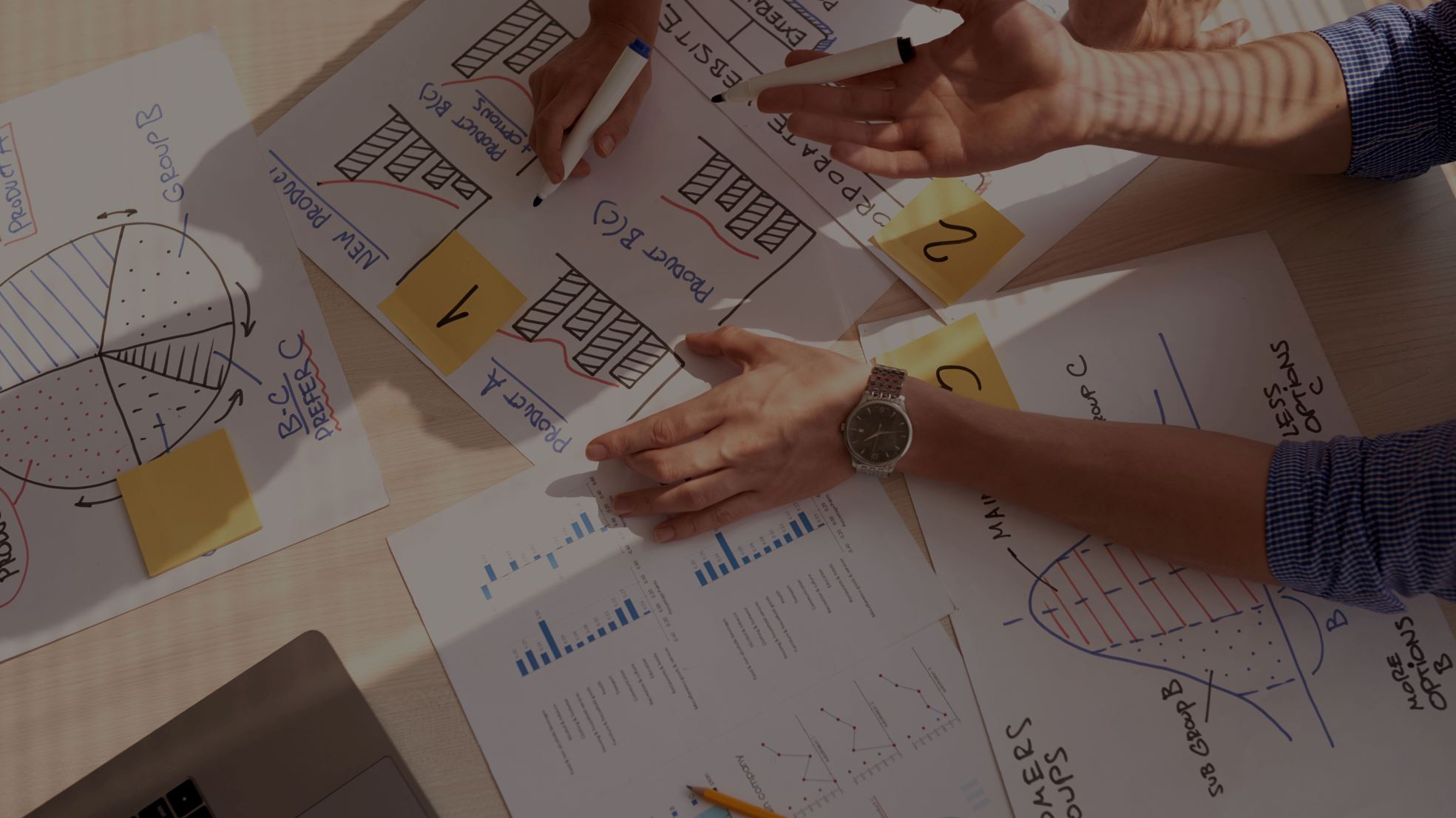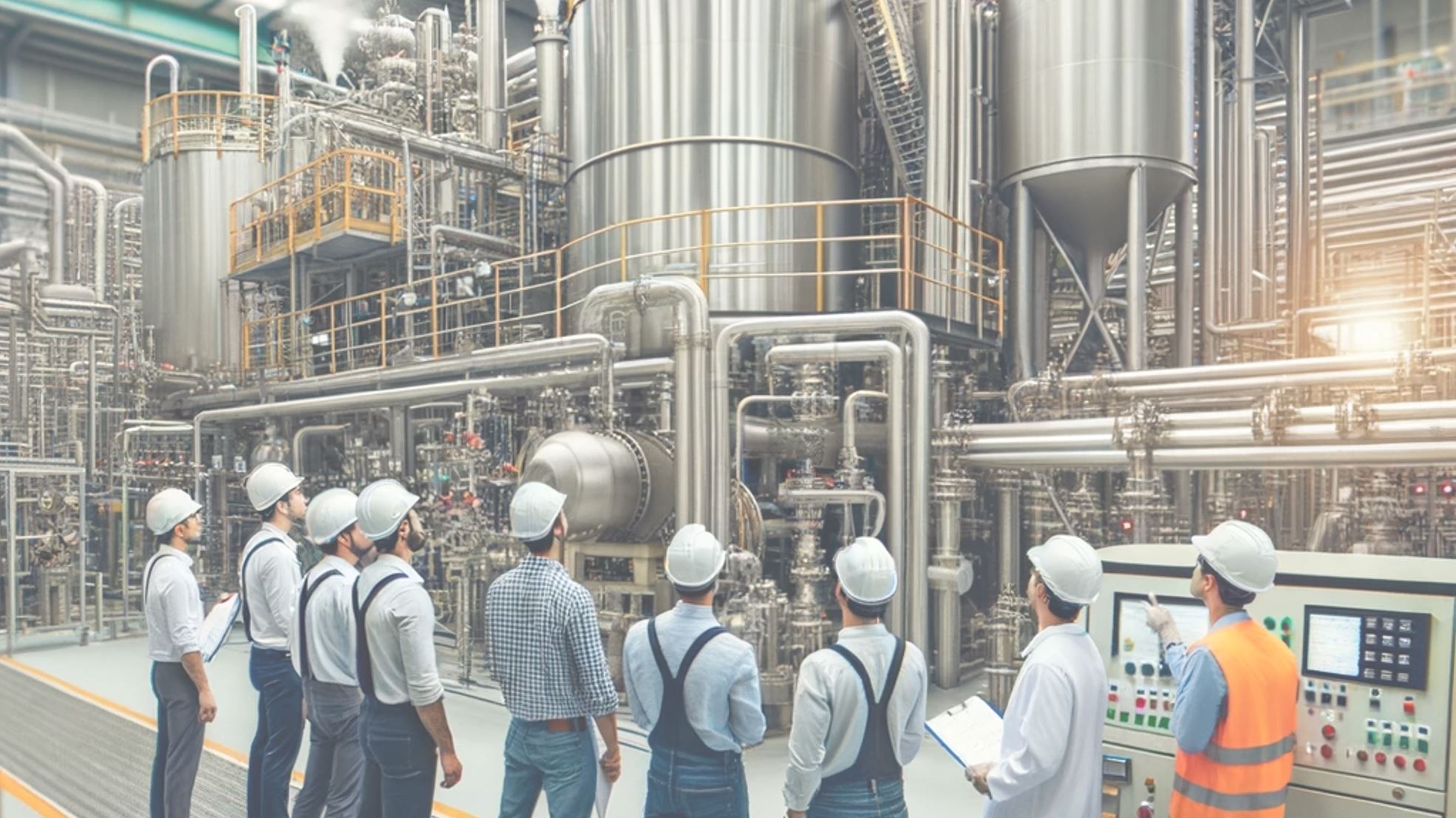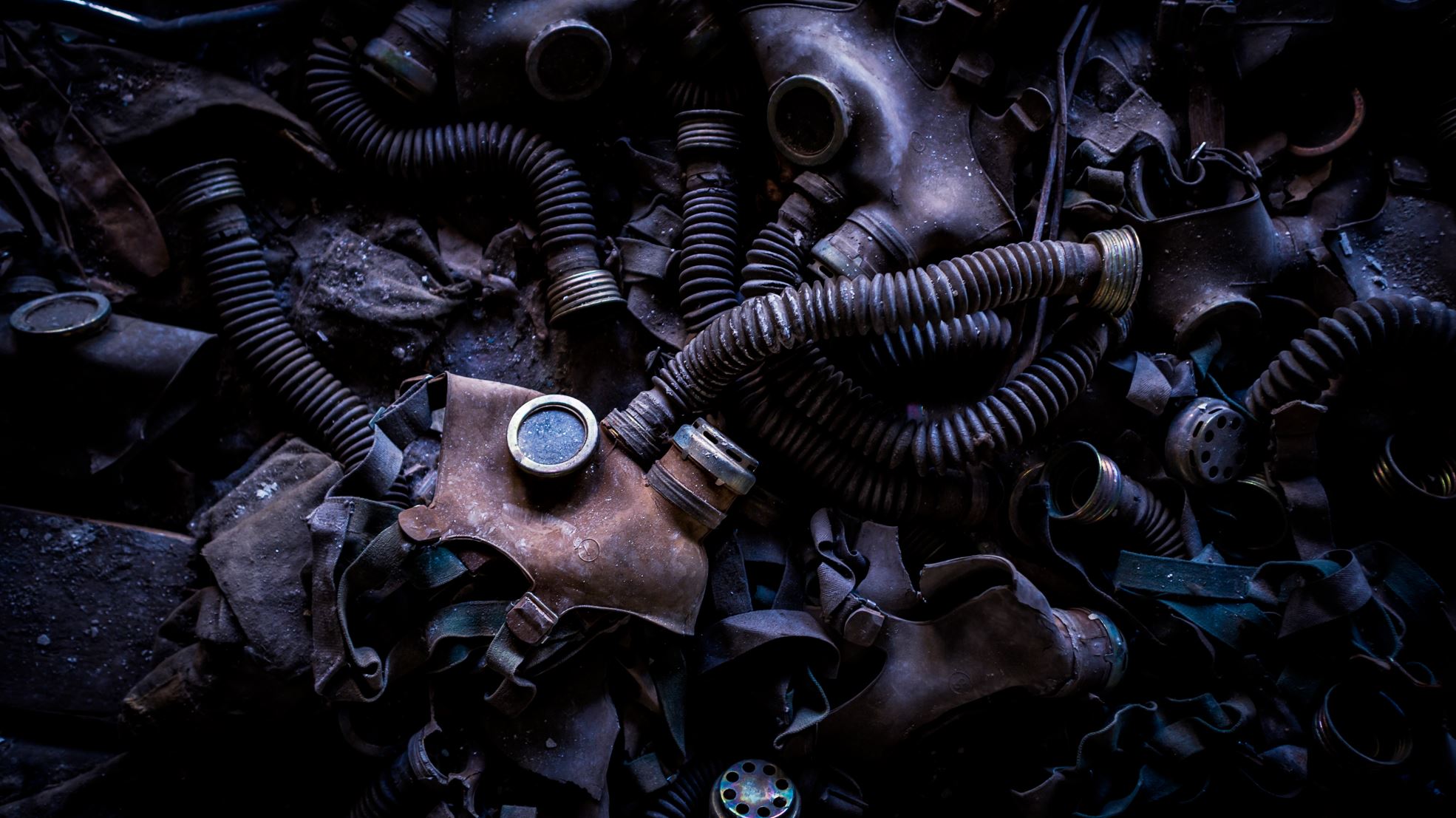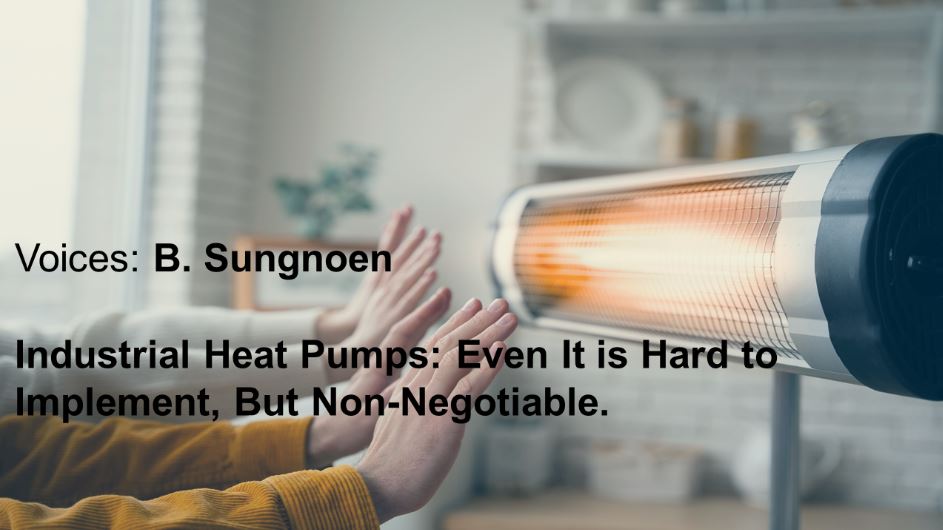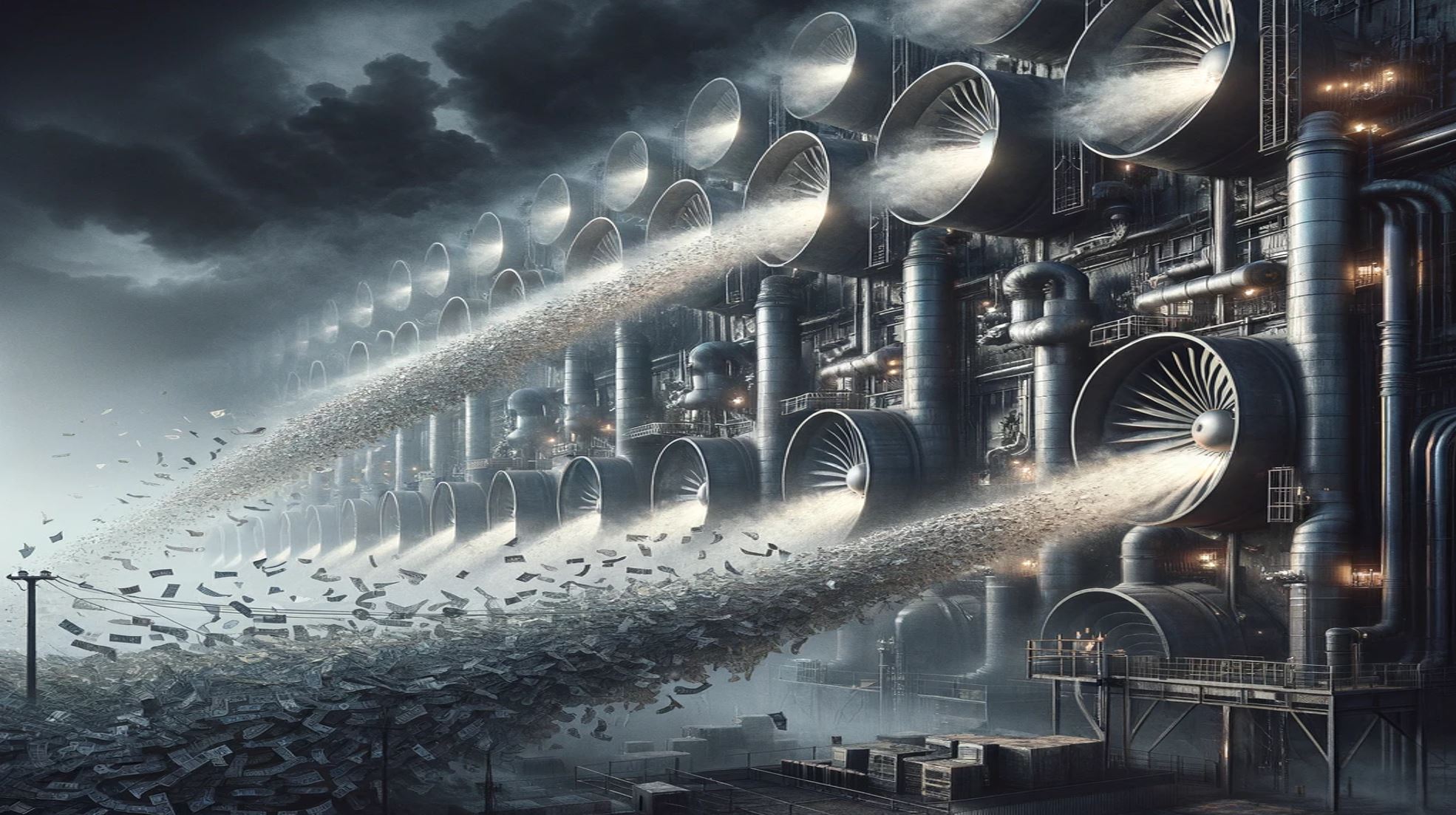Environmental Impact Assessment (EIA) is a systematic process to identify, predict, and evaluate the potential environmental effects of a proposed project before decisions are madei. In essence, an EIA asks: How will this project – whether it’s a factory, infrastructure development, or large construction – affect the environment and surrounding community? Most countries have laws requiring EIAs for projects above certain thresholds because EIAs help prevent environmental degradation by influencing project design early on. The EIA process typically includes: screening (to determine if a full EIA is needed), scoping (figuring out which environmental aspects to study and the assessment boundaries), baseline studies (measuring current environmental conditions like air and water quality, flora and fauna, socio-economic conditions), impact analysis (predicting how construction and operation will change those baseline conditions), mitigation measures (proposing ways to avoid, reduce, or offset negative impacts), and public consultation (gathering input from stakeholders, especially local communities). The final output is an EIA report, which decision-makers and regulators use to decide whether the project can proceed and under what conditions. Developed in the 1970s as a tool to reduce adverse impacts of development, EIA has since become a cornerstone of environmental management globally. In Asia, bodies like the Asian Development Bank and national governments have EIA requirements that must be met for project approval. The process ensures that potential problems (like excessive pollution, destruction of habitats, or displacement of communities) are identified before projects begin, allowing for project modifications or safeguards to be put in place.
For companies planning new facilities or expansions in Thailand and other Asian nations, conducting an EIA is often a legal necessity as well as a corporate responsibility. Thailand’s own regulations (under the NEQA, B.E. 1992 and subsequent Ministerial regulations) list types of projects that require EIAs – typically large-scale industries, infrastructure, mining, etc. Failing to obtain EIA approval can result in project delays, legal action, or cancellations. Beyond compliance, EIAs offer business benefits: they help avoid costly surprises down the line. For example, an EIA might reveal that a factory’s effluent could harm a nearby fishery – allowing the design of a proper wastewater treatment plant upfront rather than facing fines or shutdowns later. Similarly, understanding community concerns via the EIA process can guide a company’s community relations strategy, preventing conflicts. Internationally-financed projects (like those funded by the World Bank or ADB) also require stringent Environmental and Social Impact Assessments (ESIA) in line with their safeguard policies. In short, doing a thorough EIA demonstrates that a company is taking a responsible, sustainable approach to development. It’s also worth noting that in many Asian countries, EIAs incorporate social and health considerations, effectively becoming comprehensive assessments of sustainability. By addressing issues such as relocation of residents or impact on local livelihoods within the EIA, a company shows respect for social license to operate. In an era where public awareness and activism around environmental issues is rising (in Thailand, think of community pushback against projects that threaten water or air quality), a robust EIA can help build public trust. Regulators and communities are far more likely to support a project that has transparently evaluated its impacts and has a solid plan to mitigate them.
OSVARD provides expert Environmental Impact Assessment services, guiding project proponents through the entire EIA process efficiently and rigorously. Our team of environmental specialists, ecologists, socio-economists, and engineers work together to cover all dimensions of impact. We begin with the crucial scoping phase: identifying the key issues relevant to your project. For example, a coastal development might raise concerns about marine ecology and water quality, whereas a power plant EIA would focus on air emissions and community health. OSVARD prepares detailed study plans aligning with local regulatory requirements and international standards. We then conduct or coordinate baseline surveys – monitoring air and water quality, noise levels, soil conditions, biodiversity surveys, and socio-economic studies in the project area. Using this data, our experts perform an impact analysis: we model changes such as pollutant dispersion in air, predict noise propagation, assess how much habitat would be affected, estimate greenhouse gas emissions, and so on. For each identified impact, OSVARD develops practical mitigation measures. These could include pollution control equipment (e.g., scrubbers for air emissions), site design modifications (like green belts or buffer zones), specific construction methods to limit dust and erosion, wastewater treatment systems, and conservation offsets if needed. We also highlight any positive impacts (like job creation or improved infrastructure) and how to enhance them. Public participation is integrated – OSVARD can organize stakeholder meetings and public hearings, presenting technical findings in an accessible way and addressing local concerns. Once the assessment is complete, we compile the findings into a clear, well-structured EIA report with executive summaries in both English and the local language (as required by Thai law, for instance). We ensure that all regulatory checkpoints are met, and we assist clients during the government review process, helping to answer questions from reviewing committees. After approval, OSVARD doesn’t just walk away – we also help design environmental management plans (EMPs) and monitoring programs for the project’s construction and operation phases. These plans turn the EIA’s mitigation proposals into actionable commitments with timelines, responsibilities, and monitoring indicators. In doing so, OSVARD helps clients not only get their EIA approved but also set up for successful compliance in the long run. In summary, with OSVARD’s support, companies can confidently move their projects forward knowing they have thoroughly addressed environmental and social risks in line with both local regulations and global best practices.
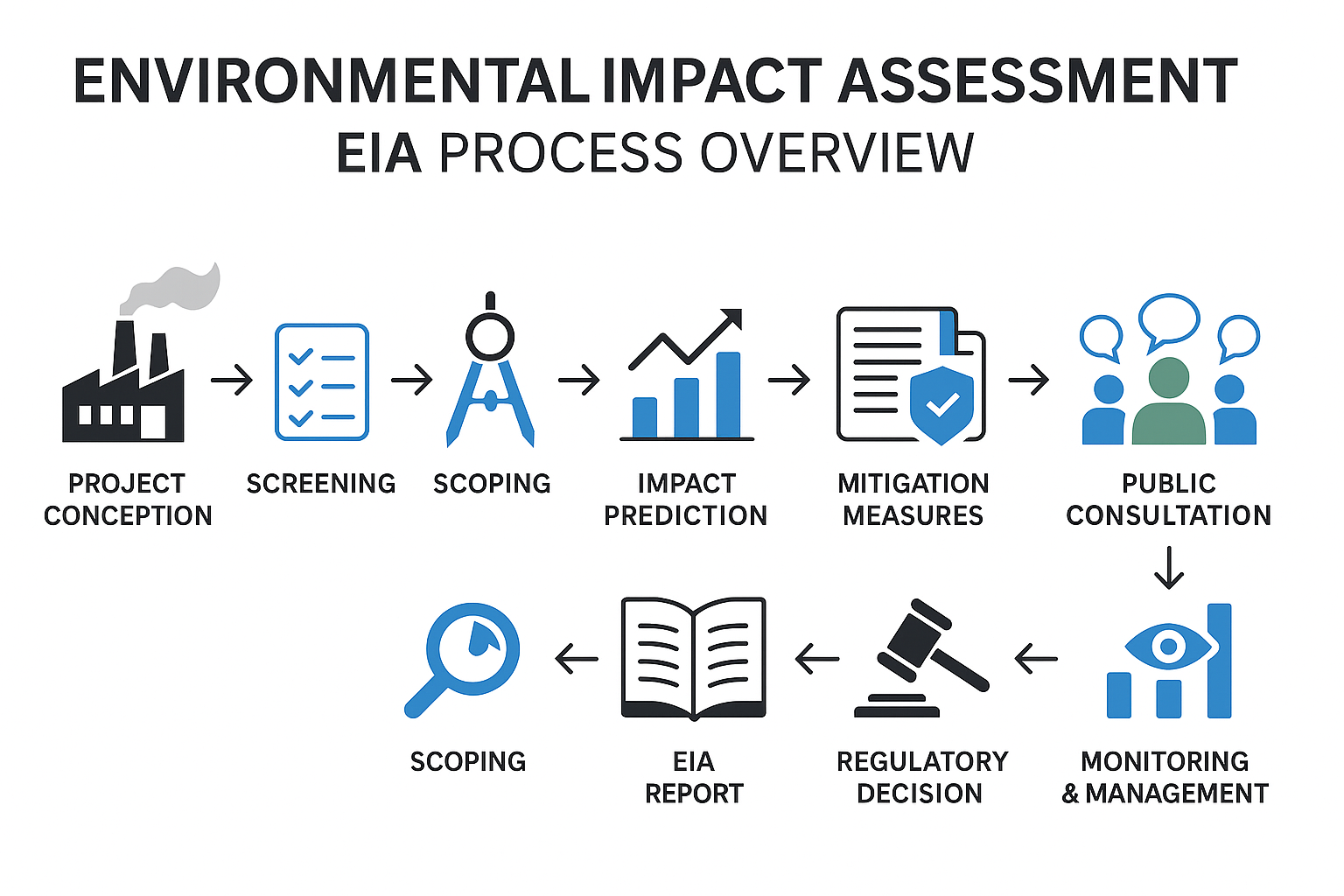
IWRM Action Hub – Environmental Impact Assessment is a systematic process that identifies and evaluates significant impacts before project implementationiwrmactionhub.org.
World Bank (regional EIA practices) – EIA was developed in the 1970s as a tool to assess and reduce adverse environmental impacts of projectsdocuments1.worldbank.org.
Asia Development Bank Safeguard Policy – Outlines EIA processes (screening, scoping, etc.) emphasizing early identification of impacts and incorporation of mitigation to protect the environment. (documents1.worldbank.org)





